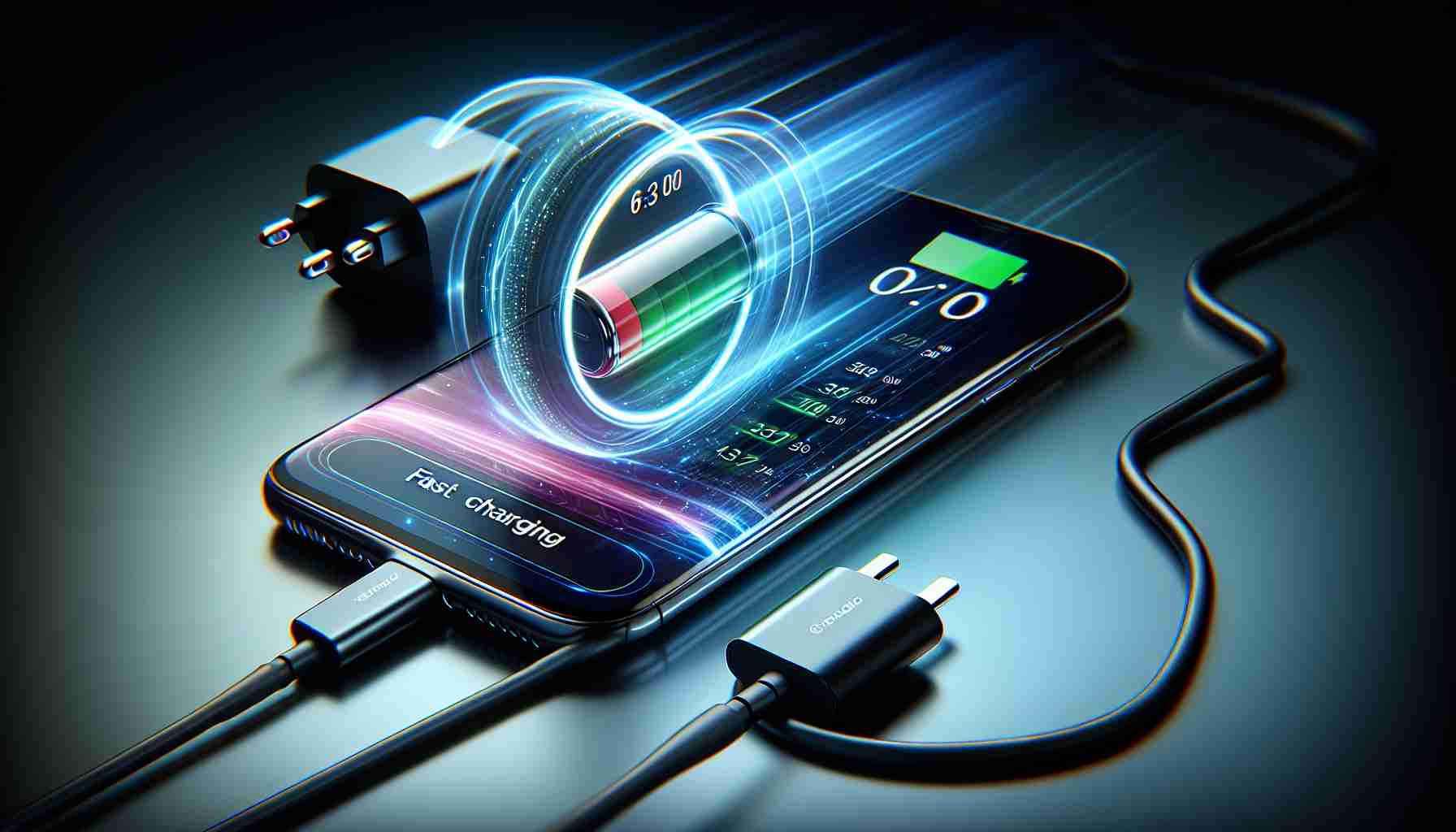Realme is set to unveil an astonishing advancement in charging technology at an exclusive event scheduled in China on 14th August. Recent footage displaying the cutting-edge charging capability has circulated online, showcasing groundbreaking progress in the field.
In a remarkable display, the video indicates a phone being charged swiftly from 0 to 17% in a mere 35 seconds. This remarkable speed is a game-changer for the industry, hinting at a significant leap in charging efficiency. Realme’s foray into the realm of 300W charging technology marks a new era of innovation, setting the stage for unparalleled rapid charging capabilities.
With previous releases featuring 240W charging capabilities, Realme has already demonstrated a commitment to pushing the boundaries of fast charging. In contrast, competitors like Redmi have yet to materialize their 300W charging system, leaving Realme at the forefront of this technological frontier.
While enthusiasts eagerly anticipate the arrival of devices equipped with this groundbreaking technology, the upcoming event will focus on a demonstration rather than a product launch. Nonetheless, Realme’s strides in fast charging technology promise a future where charging devices will be faster and more efficient than ever before.
Realme’s Breakthrough in Fast Charging Technology: Unveiling New Horizons
As the excitement builds up for Realme’s event in China on 14th August, where they are set to astound the world with their latest breakthrough in charging technology, there are insightful facts that have emerged surrounding this groundbreaking development.
One of the most important questions that arise is: What makes Realme’s 300W fast charging technology stand out from the competition? The answer lies in Realme’s relentless pursuit of innovation, setting the bar higher with each advancement. The ability to charge a phone from 0 to 17% in just 35 seconds is a testimony to the remarkable progress achieved in the realm of fast charging.
However, with great technological advancements come challenges and controversies. One key challenge associated with ultra-fast charging speeds is the potential impact on battery longevity. Rapid charging at such high wattages might lead to increased heat generation and degradation of battery health over time. Realme must address these concerns to ensure a balance between speed and battery lifespan.
Advantages of Realme’s cutting-edge fast charging technology are clear. The ability to charge devices at unprecedented speeds revolutionizes user experience, making charging more convenient and efficient. Moreover, Realme’s lead in this field positions the brand as an industry pioneer, attracting tech-savvy consumers looking for state-of-the-art features.
On the other hand, disadvantages cannot be overlooked. The high wattage charging may pose safety risks if not managed properly, potentially leading to overheating or other malfunctions. Additionally, the long-term impact on battery performance and lifespan remains a critical factor that needs continuous monitoring and optimization.
For further insights into Realme’s innovative advancements and the fast-evolving technology landscape, readers can explore Realme’s official website for updates and details. Official Website
Realme’s foray into 300W fast charging technology heralds a new era of rapid charging capabilities, reshaping the industry’s standards and pushing the boundaries of possibility. Stay tuned for more updates on this monumental leap in charging technology from Realme.























